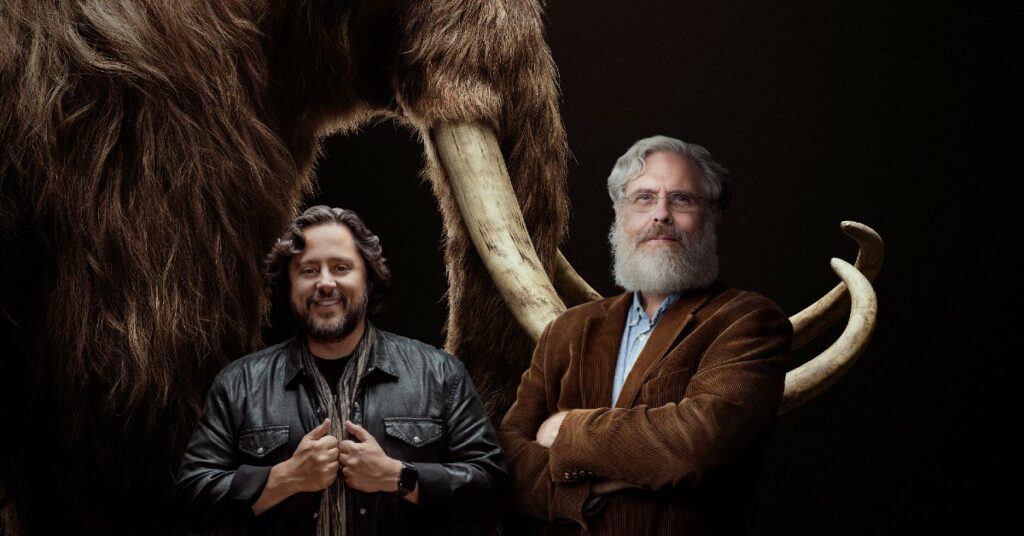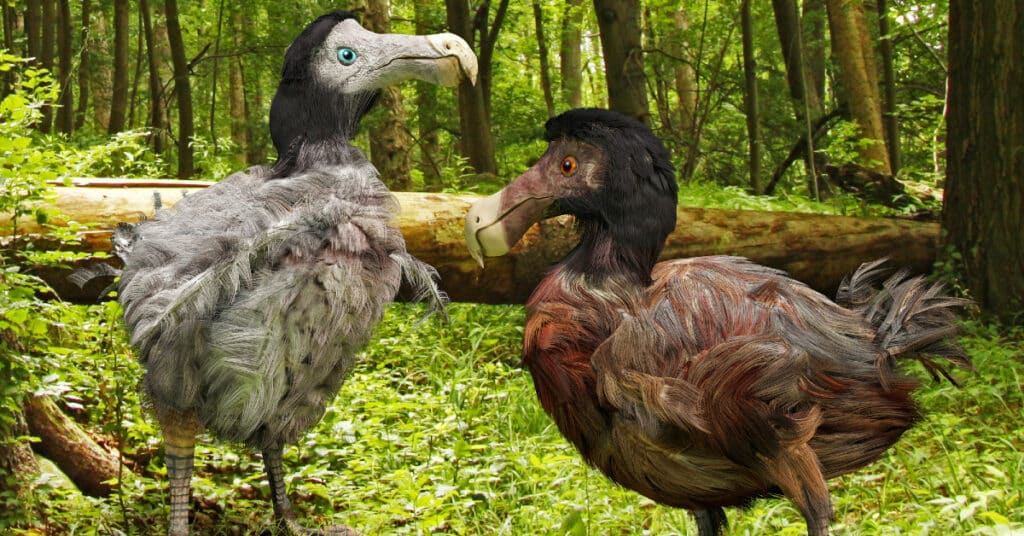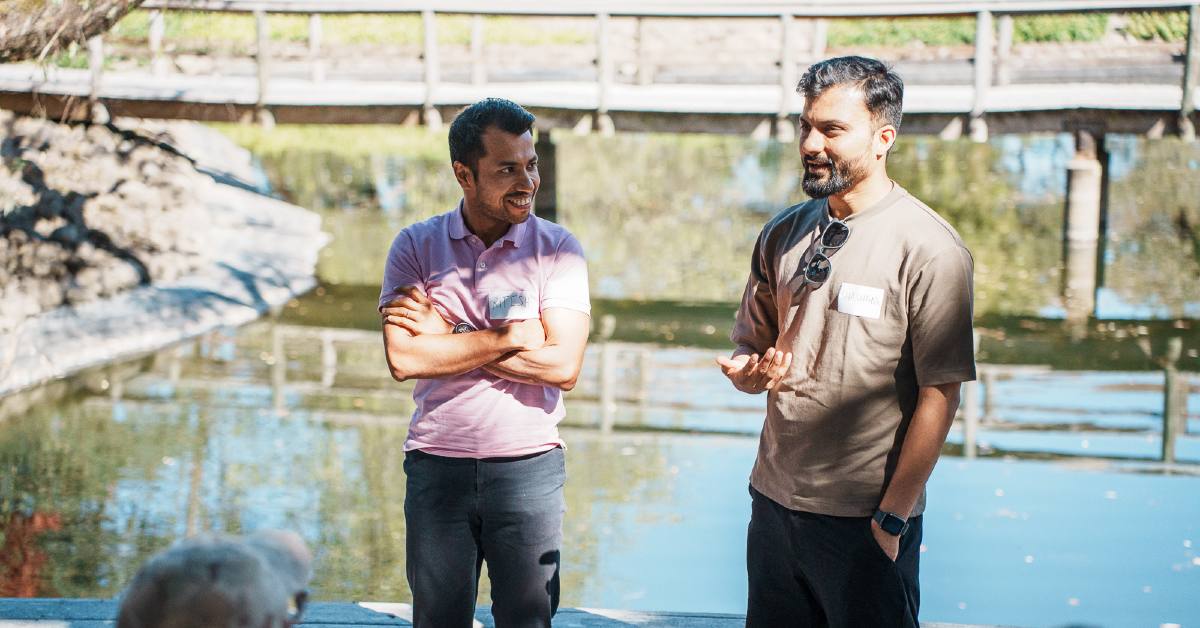After the woolly mammoth, Colossal Biosciences now plans to de-extinct the famous dodo. It has announced a new Series B funding to support its resurrection plans.
The Dallas-based Colossal Biosciences is a biotech company that aims to bring back the now extinct species like the woolly mammoth and the Tasmanian tiger. Dodo will be the third and a challenging species for the company.
A $150M Series B funding

On Tuesday, Colossal announced raising a $150M (~€137.52M) Series B funding to support its de-extinction efforts, valuing the biotech firm at $1.5B (~€1.38B).
Since coming out of stealth in September 2021, Colossal founded by Ben Lamm and George Church, Ph.D., has raised a total of $225M (~€206.28).
Colossal is a new-age biotech firm that aims to use CRISPR technology to de-extinct species. It specifically aims to use gene editing technology to bring back the famously extinct species.
The Series B round was led by United States Innovative Technology Fund (USIT). It counts the likes of Paris Hilton, Tony Robbins, and VC firm In-Q-Tel (which has a CIA contract) among its investors.
Colossal says the round also saw participation from “Breyer Capital, WestRiver Group, Bob Nelsen, Animal Capital, Victor Vescovo, In-Q-Tel, Animoca Brands, Peak 6, BOLD Capital, and Jazz Ventures, among others.”
Ben Lamm, co-founder and CEO of Colossal, says, “By gathering the smartest minds across investing, genomics, conservation and synthetic biology, we have the opportunity to reverse human-inflicted biodiversity loss while developing technologies for both conservation and human healthcare. We are honoured to be backed by a dedicated and diverse group of investors and are excited to work to bring additional species back to the planet.”
Mission Dodo-possible?

Since its inception, Colossal has chased the idea of bringing back now extinct species to repopulate the Earth. It aims to achieve this with the help of advanced genetic engineering and deep work in genomics.
Unlike the woolly mammoth and Tasmanian tiger, Dodo is the poster child of a species that became extinct because of humans. The bird was last seen on the island of Mauritius in 1662.
It became extinct because of hunting and habitat takeover and Colossal believes it can give second life to dodo.
Bringing dodo back to life is not a straightforward process. It begins with the scientists sequencing the dodo’s genome. Colossal has reportedly sequenced the genome using a preserved specimen in a Danish museum.
The next step for Colossal is to edit the DNA of a closely related living species (like the Nicobar pigeon) and selectively breed them to create real-life dodos.
The method is similar to the one used to bring Dolly the sheep back to life through a living surrogate mother in 1996.
Once it brings dodo to life, Colossal plans to work with the government of Mauritius to re-wild the bird in its former habitat.
“The Dodo is a prime example of a species that became extinct because we – people – made it impossible for them to survive in their native habitat,” says Beth Shapiro, a paleogeneticist and scientific adviser to Colossal Biosciences.
She adds, “Having focused on genetic advancements in ancient DNA for my entire career and as the first to fully sequence the Dodo’s genome, I am thrilled to collaborate with Colossal and the people of Mauritius on the de-extinction and eventual re-wilding of the Dodo. I particularly look forward to furthering genetic rescue tools focused on birds and avian conservation.”
Colossal claimed to produce woolly mammoth calves by 2028 and Lamm expects the first dodo to be born earlier.
“Given the significantly shorter timeline of gestation of 30 days versus the 22 months in elephants, I think it is highly likely we see a dodo before we see the mammoth,” he told Fast Company.
To bring extinct species back to life, Colossal has developed “advance genetic engineering and pioneer new revolutionary software, wetware and hardware solutions.”
Critics don’t think it is a smart idea
While Colossal adds a new roster of species to its de-extinction list, its efforts are not without its fair share of critics.
The criticism is largely focussed on Colossal’s focus on bringing back extinct species. Critics argue that de-extinction diverts critical resources away from conserving and protecting species that are at risk of extinction.
Ecologists from the University of California, Santa Barbara, and Imperial College argued that any de-extinction effort should focus on recently extinct species.
Conservation ecologists wrote in a 2020 study that animals in modern ecosystems may react poorly to a historic species being reintroduced to their former habitat.
“It is essential that such risks of releasing a proxy be subjected to rigorous application of advances in risk assessment science,” they observed.
For now, Colossal’s results not only appear interesting but also pave the way for bringing back now extinct species.
Critics aside, Colossal is not only showing the natural path for gene editing technology like CRISPR but also its ability to impact evolution.










01
From telecom veteran to Dutch Startup Visa success: The Jignesh Dave story